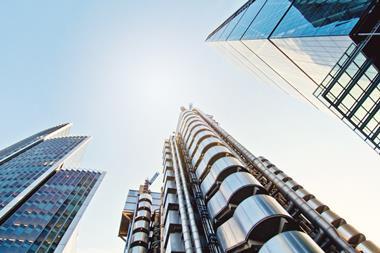’There are a growing number of developers looking to build more sustainably,’ says UK and Ireland general insurance chief executive
Aviva has expanded its underwriting appetite to include engineered timber in commercial developments, a statement released today (7 August 2023) said.

Engineered timber are wood products that have been manufactured and bonded together to form a composite material, panel or building system.
It will be included in Aviva’s underwriting appetite following a pilot, which saw the insurer work with a handful of developers on sustainable building projects.
Adam Winslow, Aviva’s UK and Ireland general insurance chief executive, said there were a “growing number of developers looking to build more sustainably”.
“[This includes] using sustainable materials like engineered timber and by adopting modern methods of construction,” he said.
”Aviva wants to embrace both – widening our underwriting appetite to insure commercial buildings using engineered timber and using our risk management expertise to minimise associated risks.”
Carbon emissions
Aviva claimed it was one of the first UK insurers to commit dedicated underwriting resource for the development of more sustainable buildings.
Read: Aviva’s Winslow issues plea as homes face risks ‘like never before’
Read: The insurance perspective on climate sceptics
Explore more sustainability-related content here or discover other news stories here
It will work with firms from the design stage to ensure the resilience and repairability of buildings by using risk management strategies to safeguard them from water damage and fire.
As part of this, Aviva said it also wanted to show that risk management can support the UK as it moves to become climate-ready.
The insurer highlighted that in the UK, the built environment contributes 40% of carbon emissions.
By working with contractors who want to build more sustainably, Aviva is aiming to help the construction and real estate sectors reduce their carbon footprint.
Winslow said: “We need to consider the carbon footprint of a building over its lifetime.
”If a building is designed to be replaced in the event of a relatively minor incident well within its design life, then it cannot be considered sustainable.
”Modern methods of construction that focus on resilience and repairability are critical to helping developers balance sustainability commitments with the safety of building users and the communities that they inhabit.”
Hosted by comedian and actor Tom Allen, 34 Gold, 23 Silver and 22 Bronze awards were handed out across an amazing 34 categories recognising brilliance and innovation right across the breadth of UK general insurance.



















































No comments yet